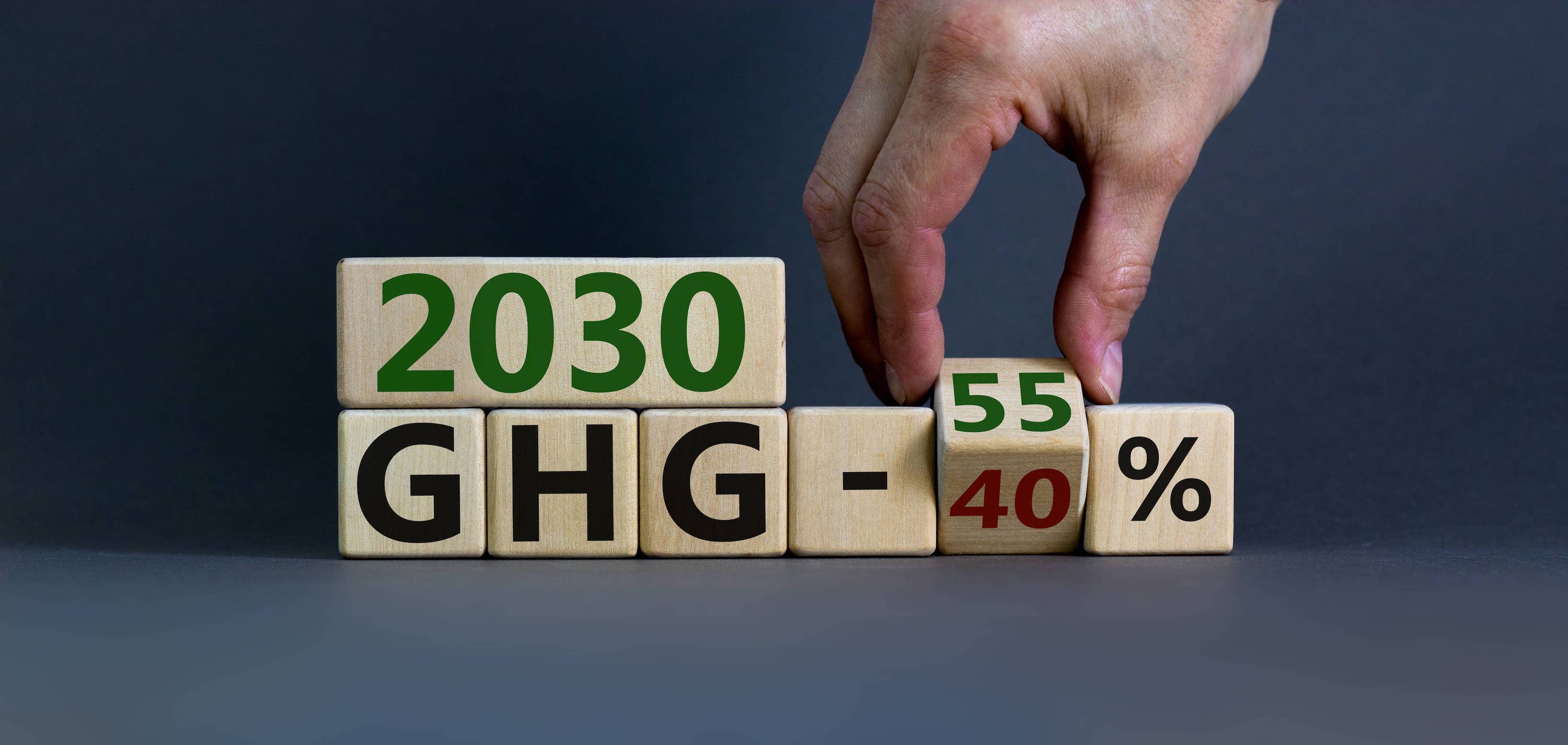
It is increasingly fundamental for Companies and Financial players to measure and monitor their GHG emissions, a primary driver of climate change, and one of the world’s most pressing challenges .
Starting from what the EBA has established in defining the carbon footprint, that has to be measured and monitored through GHG emissions released by the company and expressed with the unit of measurement in CO2, where GHG stands for Greenhouse Gases and indicates all gases capable of trapping heat in the atmosphere, giving rise to the "greenhouse effect" phenomenon.
Greenhouse gases (GHGs) – heat-trapping gases - comprehend a large number of gases with different impacts on global warming, including carbon dioxide, methane and water vapor, just to mention some examples.
The Global Warming Potential (GWP) allows the comparison of all the different gases by measuring their radiative efficiency over a given period (usually 100 years), compared to the emission of CO2 over same period.
For example, Methane (CH4) is estimated to have a GWP of 27/30 over 100 years meaning that, on average, the amount of CH4 emitted in a day lasts about a decade that is even CO2; CH4 also absorbs much more energy than CO2. The net effect of the shorter lifetime and higher energy absorption is reflected in the GWP. The CH4 GWP also accounts for some indirect effects, such as the fact that CH4 is a precursor to ozone, and ozone is itself a GHG.
Nitrous Oxide (N2O) has a GWP 273 times that of CO2 over 100 years because N2O emitted today remains in the atmosphere for more than 100 years, on average.
Chlorofluorocarbons (CFCs), hydrofluorocarbons (HFCs), hydrochlorofluorocarbons (HCFCs), perfluorocarbons (PFCs), and sulfur hexafluoride (SF6) are sometimes called high-GWP gases because, for a given amount of mass, they trap substantially more heat than CO2.
Given the examples above, it is clear why GHG emissions represent nowadays a high priority risk in the ESG factors: in fact, GHG emissions are recognized as an ESG risk impacting the inside-out environment, where precisely the business activity has impacts on the surrounding environment and therefore needs to be monitored in risk management and prudential control.
The crucial importance of monitoring and accounting GHG is bringing to develop multiple methodologies to build a GHG calculator and among theme it is possible to individuate an analytical direction and other approaches that are more focused on the granularity of the data: this is the setting chosen by Synesgy in the designing of its GHG calculator.
This methodology, which is more focused on timeliness and granularity of data, allows the information collected through the Synesgy questionnaire to be complemented and supplemented, providing a tool based on international and recognised standards such as the 'GHG Protocol Intiative', which allow for in-depth accounting of company and supply chain emissions.
The GHG Protocol Initiative is a multi-stakeholder collaboration convened by the World Resources Institute and World Business Council for Sustainable Development to design, develop and promote the use of accounting and reporting standards for business. It comprises of two separate but linked standards—the GHG Protocol Corporate Accounting and Reporting Standard and the GHG Protocol Project Quantification Standard.
In the financial reporting perspective, provided by the EU Taxonomy and measured globally by the GHG Protocol, emissions are classified as environmental pollutants according to three distinct categories: Scope 1, Scope 2, and Scope 3.
- Scope 1 emissions: "direct" emissions, can be directly related to a company's activities. – (E.g. emissions from automobiles and emissions from any production plant or operating facility)
- Scope 2 emissions: "indirect emissions”, are classified as any energy consumption that is part of the production of any product or service.
- Scope 3 emissions, like Scope 2 also "indirect”, are the most difficult to identify, not falling into the previous two classes and covering the activities of the entire downstream product life cycle, from business travel, to supply chain and logistics, to end-of-life waste of any product.
The GHG Calculator in Synesgy includes the following sections, for each of the above mentioned classified Scope:
- Scope 1:
- a) Stationary Combustion: refers to fuel burnt by machines owned by the company
- b) Mobile Combustion: allows the GHG accounting of any fuel burnt by mobile devices from a company (e.g. cars, trucks, aircrafts, ships etc).
- Scope 2:
- a) Energy Consumption, that depends from the country of the company at issue.
- b) Heat Consumption, where the emission factor assumes that natural gas fuel is used to generate steam or heat at 80 percent thermal efficiency.
- Scope 3:
Supply Chain, transportation of Goods or business travels:
In this section is involved the entire supply chain and the Synesgy GHG calculator, particularly, can support to estimate the part of Scope 3 emission related to good transportation or business travels.
From the implementation of the GHG calculator in Synesgy few weeks ago, the first impressions and feedbacks arrived from the market are surely positive and encouraging, as companies and banks especially, are recognizing the importance of the tool.
The main reason is that it allows to collect more punctual data and estimations, in order to most comprehensively track the carbon footprint of companies and the entire supply chain , with a perspective that should consider in a progressive way the sustainable management of the supply chain, which can be compared more to a marathon than a sprint.



